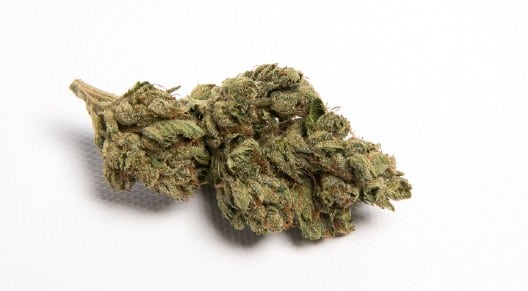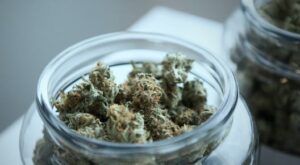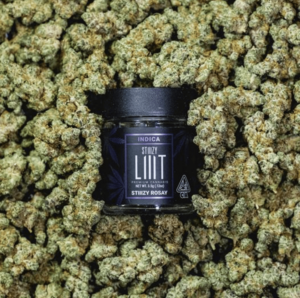When browsing strains or ordering marijuana delivery, you most likely have noticed the three categories: Indica, Sativa, and hybrid. But what exactly is the difference between these strains? How will they affect you differently? In today’s blog post, the team at Sticky Thumb is outlining the basics of cannabis categorization. Continue reading to learn more, and if you are looking for marijuana delivery in San Francisco or the surrounding area, browse our menu.
The Basics
When people think of Indica and Sativa strains, they generally think of Indica as more sedating and relaxing, while Sativa is more uplifting and energizing. Hybrid strains are considered to be a mix of these effects.
But these general categories are more complicated. For example, Sativa doesn’t necessarily energize everyone who consumes it. The chemical compounds in each strain are actually what determine the effects, not the strain itself. In fact, the difference between the two strains is actually more rooted in botanical categorization than in the effects of the plant on the human body.
Physical Differences
Botanists use physical differences to differentiate between Indica and Sativa plants. Indica plants are shorter and stalkier than Sativa plants. Indica plants also grow more quickly than Sativa plants. There is some controversy around whether these physical characteristics are a good marker of the strain, as they can be due to humans breeding different varieties instead of innate characteristics of the plant itself.
Infographic: Indica vs. Sativa
Origin of Indica And Sativa
The words Indica and Sativa have been used to describe different species of the hemp plant since the 18th century. The term Sativa described hemp plants grown in Europe and western Eurasia, where it was used for fiber and seeds. Indica, on the other hand, grew in India, where it was used both for its seeds and fiber as well as hashish production. Now, both varieties are grown and crossbred across California and around the world.
Cannabinoids & Terpenes
So if it’s not the strain itself that determines the effects on the body, what is the cause? Cannabinoids and terpenes! The cannabis plant is incredibly complex and composed of hundreds of chemical compounds that work together to create the effect that you feel when you consume marijuana. While THC and CBD are the two most common, there are many more cannabinoids that need to be studied. That being said, THC and CBD are the main drivers of the therapeutic and recreational effects people look for from marijuana. THC makes people feel high and hungry, and can relieve pain and nausea. CBD is a non-intoxicating compound (meaning it won’t make you feel high) and may alleviate anxiety, pain, and inflammation.
Terpenes are also an important part of the cannabis plant that contributes to how your body experiences and processes marijuana. They are aromatic compounds that affect the way cannabis tastes and smells. While more research needs to be done about how terpenes shape the effect of cannabis strains, they are another way to categorize marijuana and should be listed alongside Indica, Sativa, or hybrid labels.
Sticky Thumb
We have four marijuana delivery locations around San Francisco, and an extensive menu ranging from flower to edibles, topicals, and more. It’s our job to find you the best cannabis products, and everything on our menus is tested by State Licensed testing facilities. We carry the brands you love and are always on the lookout for new, exciting products. If you’re confused about what delivery method might be best for you, our team is here to help answer any questions you may have! We serve San Francisco and the surrounding Bay area weed delivery cities, including Monterey, Salinas, and Peninsula. If you’re looking for weed delivery, look no further than Sticky Thumb!




